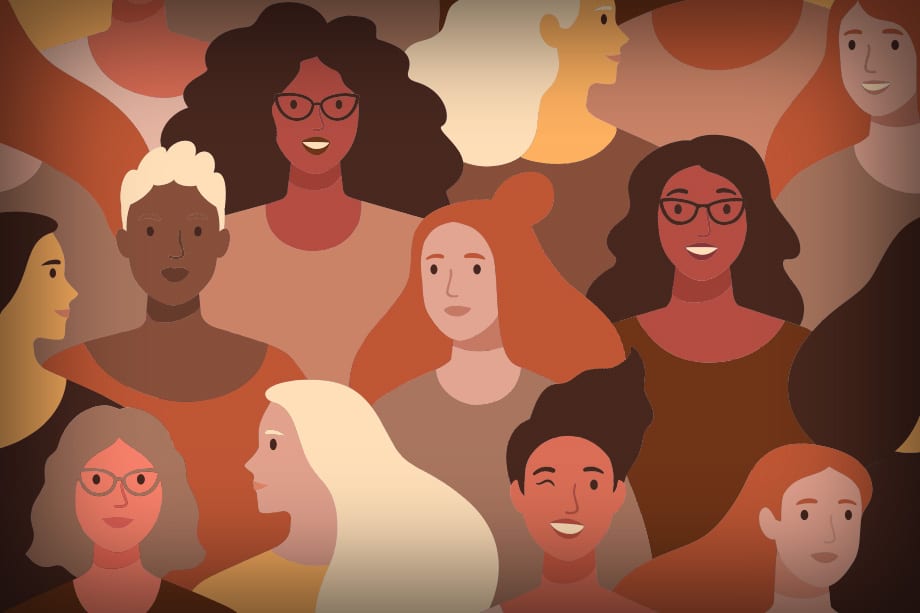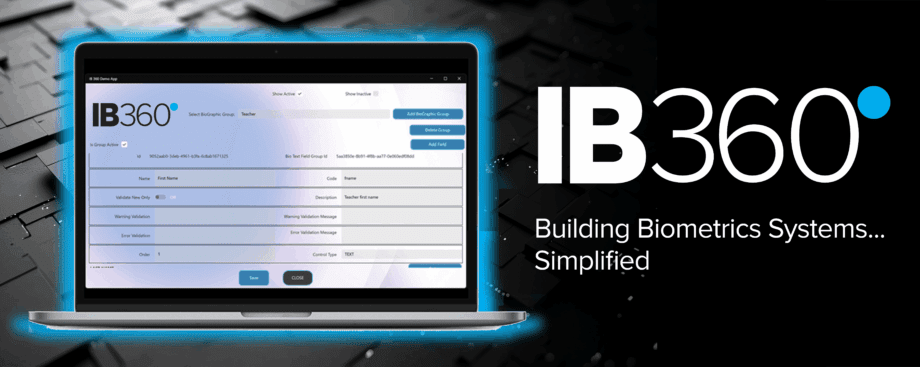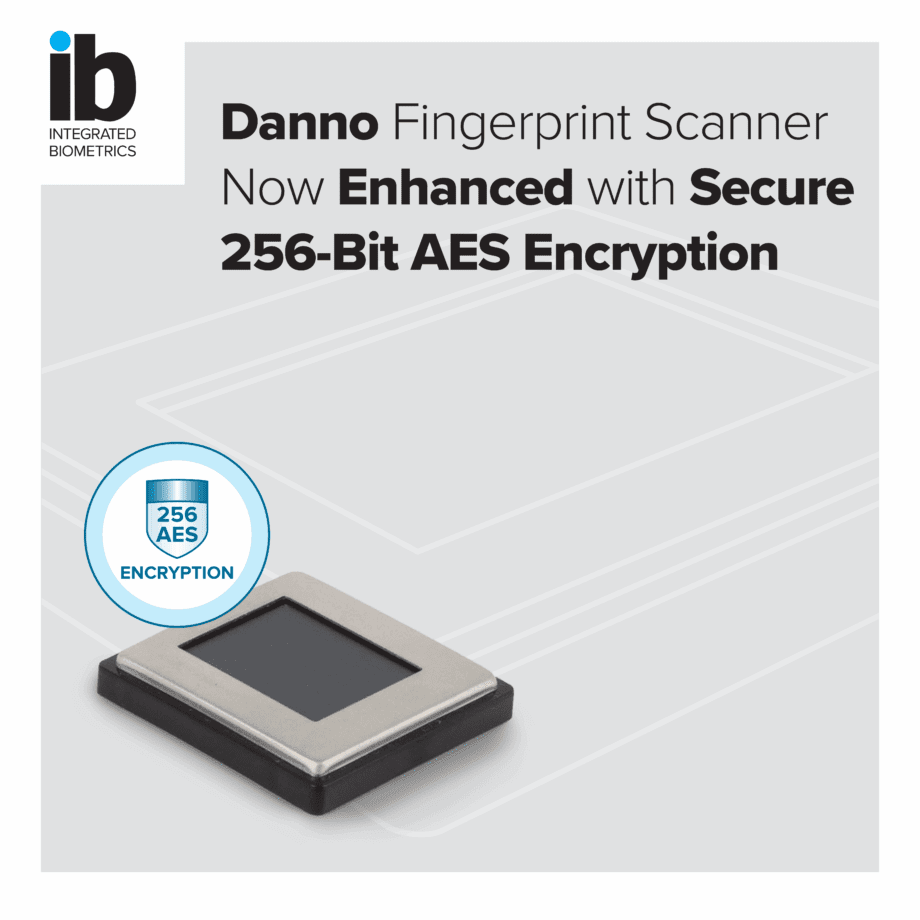By On Tim Tang, Management Consultant
March is Women’s History Month. As we come to end of that month this year, it is a good time to reflect on the progression of women’s rights over time, as well as the gender inequalities that persist in the present day. It is my hope that, sooner rather than later, people are afforded the same opportunities — as well as equally meaningful support in pursuing said opportunities, regardless of gender.
Meaningful support in the pursuit of opportunities comes in the forms of legal protections, increasing representation, diversity and inclusion efforts, reforming social expectations, and challenging our own conceptions of what other people are capable of, just to name a few. There are a multitude of ways to show support for women’s rights, and many of them relate to agency – equalizing the capacity to make free choices. Facilitating the agency of women, wives, and mothers is crucial in addressing gender gaps.
The problem is that personal agency is often tied to personal wealth. Personal wealth plays a major role in shaping the priorities underpinning individual life decisions, as well as the range of possibilities to choose from. Money does not solve everything, but the absence of money limits and restricts one’s ability to make decisions that are beneficial for oneself in the long term. Having available funds buys additional education or training opportunities to improve career prospects, offloading of tasks and household responsibilities, and even the ability to start afresh after fleeing domestic and interpersonal violence. Unfortunately, there are gender gaps present in the accumulation of wealth. According to a United Nations policy brief1:
Across the globe, women earn less, save less, hold less secure jobs, and are more likely to be employed in the informal sector. They have less access to social protections and are the majority of single-parent households. Their capacity to absorb economic shocks is therefore less than that of men. – United Nations, April 2020
In a double whammy, these gender-based economic disparities have also been exacerbated by the COVID-19 global pandemic. The UN report also points out that the service and informal sectors predominantly consist of women, and many jobs in these sectors depend on the very same public space and social interactions that have been restricted to contain the spread of the pandemic. Among other proposed economic recovery measures, the UN calls for the “removal of barriers that prevent full involvement of women in economic activities”, as well as “financing for women entrepreneurs and mechanisms to promote women’s self-employment”.
A large contributor to these disparities is the lack of legal identity. Nearly one billion people worldwide today do not have a legal identity2. They face barriers to opening a bank account, seeking healthcare, voting, traveling, participating in social programs, and other opportunities that are often taken for granted. A disproportionate number of that nearly one billion are women who face additional social, technological, logistical, and cultural barriers in enrolling and gaining legal identities.
These opportunities are instrumental in an individual’s full integration and participation within society, so much so that the UN has an official stated goal of attaining legal identity for all by 20303. Last year’s UN report found that as of 2017, 72 percent of men globally had an account at a financial institution, as opposed to only 65 percent of women.
The purpose of enabling the identification of millions worldwide is to increase accessibility and inclusion for all, even and especially for those that have been historically underrepresented or underserved. The good news is that many organizations in the public and private sector are working towards this same objective in their own ways and capacities. For example, Integrated Biometrics utilizes fingerprint scanners that are mobile for large-scale enrollments encompassing both urban and rural populations.
In 2018, through the Nigerian Interbank Settlement System, or NIBSS, IB earned a key role in Nigeria’s Financial Inclusion Strategy4; our scanners became the official hardware used by the Central Bank of Nigeria in their bank verification number initiative to protect customers against identity theft. As of early 2020, 5,000 scanners have been deployed and more than 41 million Nigerians have been enrolled under this initiative.
Looking at this example—and there are so many more around the world—I am excited about the potential economic impact of 41 million banking enrollments, as well as banking 70 million previously unbanked Nigerians. I feel even more excited when considering what this could mean if implemented on a global scale: for the 700 million women working in the informal economy5, for women in rural areas, for women and agency.
As we work towards greater global gender inclusion, it’s crucial to develop user-centric solutions. In other words: how do we center the very same people whose lives we want to improve? Firstly, it is important to develop a comprehensive understanding of situational context and customs. We must put in great effort to understand the challenges that women face on a case-by-case basis by talking to them and listening to them (unfortunately, not always guaranteed!), by stepping outside of our own bubble and seeing things through their lenses. Secondly, for best results, we must include women in all levels of the development and deployment of solutions, understanding that situational context and customs regularly shape the way ideas are perceived and received.
Enabling accessibility and inclusion for all within the next decade is a big goal; one billion people is really a lot of people. These bars have been set high because inclusion is a priority, because the costs of failing to do so are too great for all of us. It would be naïve to assume that gender gaps can be closed overnight, or single-handedly by a new initiative. That said, I believe we all have a responsibility to play in developing impactful solutions. I hope that this time next year, in March 2022, we have more stories to share about our efforts to advance gender equality.
Sources:
1 https://www.un.org/sexualviolenceinconflict/wp-content/uploads/2020/06/report/policy-brief-the-impact-of-covid-19-on-women/policy-brief-the-impact-of-covid-19-on-women-en-1.pdf
2 https://www.mckinsey.com/mgi/overview/in-the-news/nearly-one-billion-people-have-no-form-of-legal-id
3 https://sdgs.un.org/goals/goal16
4 https://integratedbiometrics.com/news/nigerian-authorities-opt-for-integrated-biometrics-tech-in-financial-inclusion-effort
5 Source: Same as footnote #1
About Integrated Biometrics
Integrated Biometrics (IB) is a global leader in advanced biometric technology. Renowned for revolutionizing fingerprint scanning through its proprietary, FBI-certified Light Emitting Sensor (LES) technology, the company delivers cutting-edge fingerprint scanners, seamless biometric system integration software, contactless fingerprint capture, and comprehensive identity management beginning with infant identification solutions.
Trusted by organizations worldwide, Integrated Biometrics serves critical sectors such as law enforcement, military, election validation, financial services, and national identity programs. Its robust, high-performance products enable fast and accurate enrollment, identification, and verification, even in remote and extreme environments. IB continues to redefine the possibilities of biometrics—Impacting Lives Through Identity.




